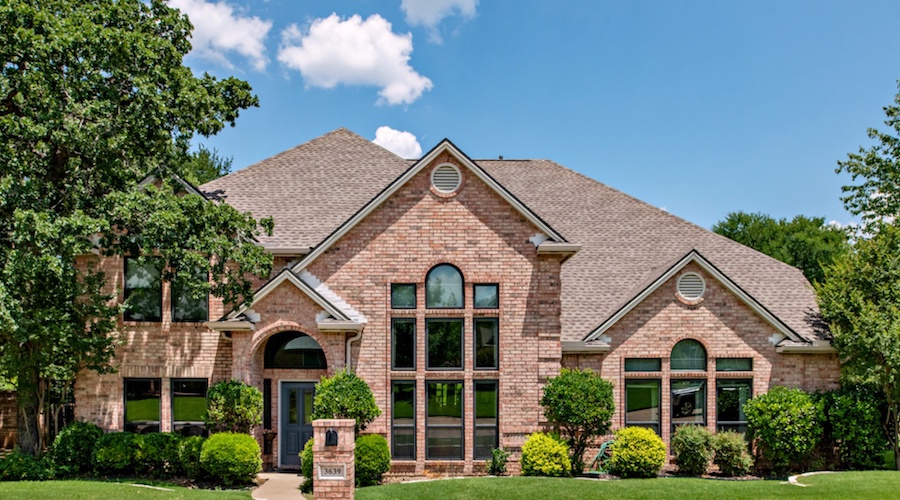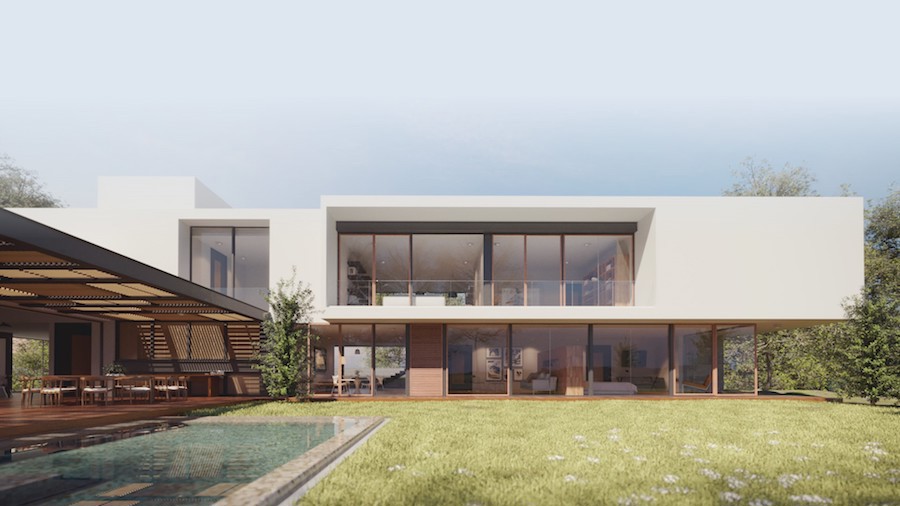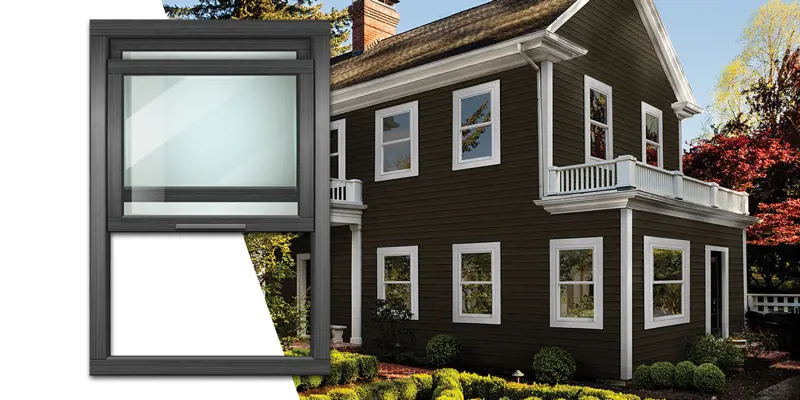
Low-E 366 vs Low-E 452 Window Glass
Choosing the right glass is important. Whether you’re remodeling or building a new home, you want your windows to let in the most light without raising energy costs. The special, invisible coating on Low-E glass reflects thermal heat and keeps harmful UV rays out. That means consistent temperatures inside your home and lower energy bills.
Because exterior temperatures cannot pass through the special coating on Low-E glass, they are preferred by homeowners who want energy efficiency and cost savings. But, when it comes to Low-E windows, what’s the best type? In this post, let’s look at two of the most sought-after Low-E options: Low-E 366 vs Low-E 452.
Pros and Cons of Low-E 366

Low-emissivity coatings differ and performance varies. Choosing the best option for your home may depend on where you live, your temperatures year-round and the amount of light coming into your rooms.
For an ultimate performance window, consider Low-E 366 glass. It provides excellent energy efficiency, value and comfort all year long. Low-E 366 glass is highly visible, ENERGY STAR compliant and provides optimal solar control.
Here are the pros and cons of Low-E 366:
Low-E 366 Pros:
- This premium triple-layer coated product is budget-friendly and ENERGY STAR compliant if used with a double-pane window.
- It offers high visibility, superior solar heat control, and has a low solar heat gain coefficient (SHGC) of 0.27↗.
- It blocks up to 95%↗ of the sun’s harmful UV and infrared rays to protect furnishings from fading.
- It's recommended for warmer climates in the southeast like Florida or southwest states like New Mexico and Arizona.
Low-E 366 Cons:
- The SHGC might be too low for winter climates like Minnesota or New York. To block heat loss for homeowners who live in the north, consider coupling the Low-E 366 with a Low-E189. This can help circulate heat in the home.
- The coatings on older models of Low-E glass had a slight "tinty" look or haze. Or, they may have been more reflective. However, with advancements in the manufacturing process, this isn't the case with the Low-E 366.
- This coating can create a slight green or blue tint on the exterior side of the glass. Although this look is increasingly common, it can be a negative point for some homeowners.
Pros and Cons of Low-E 452

Low-E glass offers highly-visible light transmission, and it includes low-to-medium reflectivity. In areas like Florida or Arizona, where blocking UV rays is a top priority, Low-E 452 glass should be your top choice. The low emissivity with this specially treated glass is designed to bend back any type of heat from outside. Homes can stay consistently colder in the summer months and warm in colder seasons (where applicable).
With a neutral appearance and excellent SHGC, Low-E 452 is a preferred glass. Homeowners can talk to their window contractor about stacking or decreasing the layers to ensure a customized fit and coverage. The Low-E 452 can lower heating and cooling costs with dramatic energy savings.
Here are the pros and cons of Low-E 452:
Low-E 452 Pros:
- This premium product provides the highest level of low emissivity as it has a four-layer coating.
- It offers superior solar control and has an SHGC of 0.22↗.
- Regardless of the heat outside, it offers 99%↗ UV protection to stop furniture from fading.
- It lets the homeowner enjoy clear views while providing minimal reflection to the home's exterior.
- Because of its superior heat gain can reduce the burden on air conditioners and lower energy costs.
- Given advancements in glass technology, it offers a clear view internally and externally.
Low-E 452 Cons:
- It's not a con per se but a consideration for homeowners. The SHGC on the Low-E 452 by itself may be too low for winter climates (northwest, northeast). A homeowner living in a climate where it's cold in the winter and hot in the summer might want to consider an insulating glass unit (IGU) with optional Low-E189 coating combined with the Low-E 452 glass. This can help ensure that heat in their rooms will circulate back into the rooms in the winter seasons.
- Low-E 452 is attractive, but the cost is also significantly higher as a premier option. This upgrade may not always be the best option for your budget when considering return on investment.
More Comfort and Protection without a Harmful Glare or Faded Furniture
Low-E glass is everything you want in your windows. Whether you select the Low-E 366 or the Low-E 452, they offer exceptional thermal efficiency to reduce glare. More natural light can come in while harmful UV rays are blocked out. And, as a homeowner, you don’t have to worry about fading or damage to your furnishings, carpet, and artwork caused by UV rays. Additionally, because of the low emissivity with these types of windows, rooms will stay warmer in the wintertime and cooler in the summer.
Energy-efficient and budget-friendly, Low-E glass is a preferred replacement glass by homeowners. If you’re in the market for replacement windows, schedule a free in-home consultation today.
News, Product Reviews, and Insights
Oops!
We don't currently serve your area but do want to help you plan your project. Try our Build & Price tool to get an idea of window & door costs within DFW. Your area may be higher or lower but at least you'll have some idea of the price.
Thanks for stopping by.






